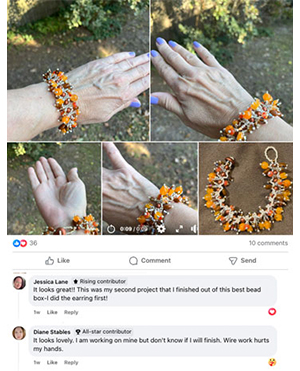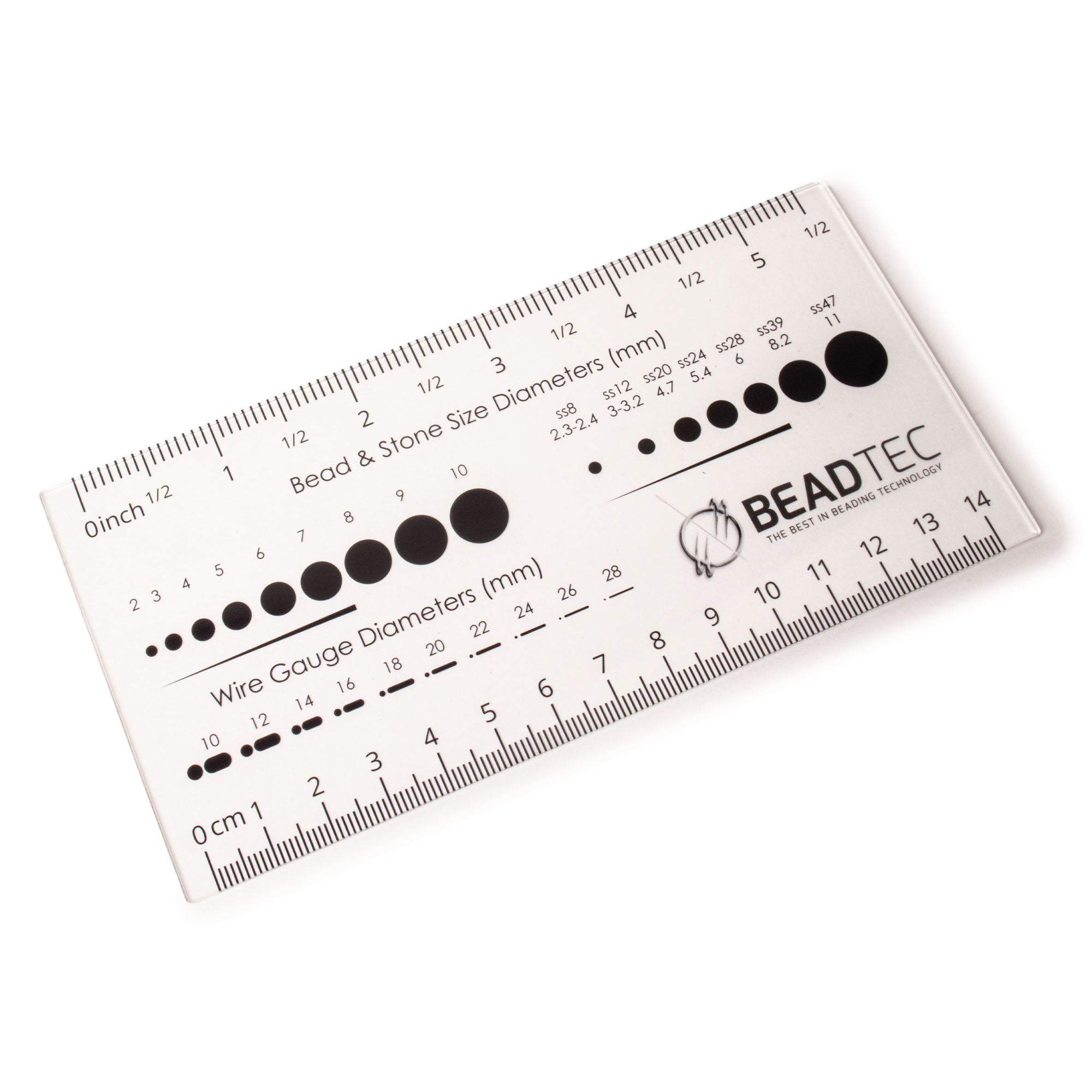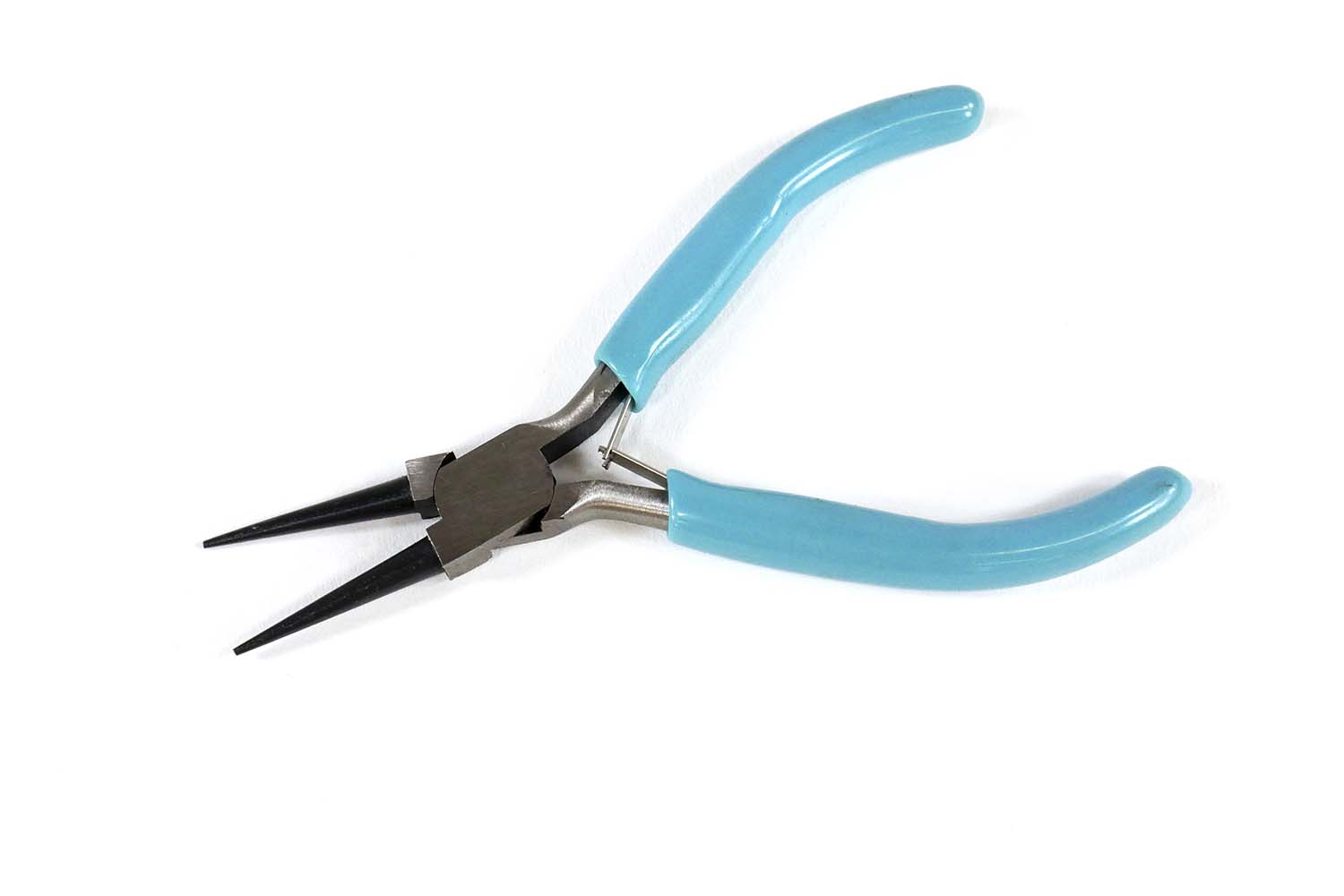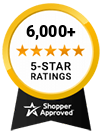- Jewelry-Making Supplies ▾
Design Jewelry with Confidence!
Seed Beads
Thread, Wire, & Stringing Materials
Athenacast Findings & Components
Everything Else
- Kits & Collections ▾
Assemble Your World
Kits & Collections
- Subscriptions ▾
Want monthly Beading Happiness?
Subscriptions
- Learn to Make ▾
Want to learn more?
- Discounts & Deals ▾
Explore Today's Promotions!
- Jewelry-Making Supplies
- Kits & Collections
- Subscriptions
- Learn to Make
- Discounts & Deals
-
Seed Beads
Thread, Wire, & Stringing Materials
Findings & Components
Everything Else
-
Kits & Collections
-
Subscriptions
- Home
- How to Make Jewelry
- Better Beader Episodes
- Selecting Your Beading Surface
Selecting Your Beading Surface

Watch the Video Tutorial
Watch the Video Tutorial
Need Any Extra Materials?
Need Any Extra Materials?
Need Any Extra Materials?
Need Any Extra Materials?
Episode Transcript
Episode Transcript
Introduction
Choosing the right beading surface can make a significant difference in your beading experience and the quality of your finished projects. In this Better Beader episode from Potomac Beads, Allie and Kelley discuss the various options available and share their insights on selecting the best surface for your needs. This article will provide a summary of the key points covered in the episode, helping you make an informed decision when choosing your beading surface.
Types of Beading Surfaces
The episode covers several popular beading surface options, including:
- Bead mats
- Beading trays
- Velvet or felt mats
- Beading dishes
- Stackable containers
Each surface has its own advantages and disadvantages, which Allie and Kelley discuss in detail throughout the episode.
Factors to Consider
When selecting your beading surface, there are several factors to keep in mind:
- Project type: Consider the specific requirements of your project, such as the size of the beads, the complexity of the design, and the need for organization.
- Portability: If you plan to travel with your beading supplies or work on projects in different locations, choose a surface that is lightweight, compact, and easy to transport.
- Bead containment: Look for surfaces with raised edges or compartments to prevent beads from rolling away and minimize spillage.
- Surface texture: Some beaders prefer a textured surface that keeps beads in place, while others opt for a smooth surface that allows for easier bead manipulation.
- Personal preference: Ultimately, the best beading surface is the one that feels most comfortable and intuitive for you to work with.
Tips and Recommendations
Throughout the episode, Allie and Kelley share their personal experiences and offer valuable tips for selecting and using beading surfaces:
- Invest in a high-quality beading mat or tray that will last for years and provide a stable, comfortable work surface.
- Use multiple surfaces or stackable containers to keep your beads organized and easily accessible during projects.
- Experiment with different surface textures and materials to find the one that best suits your beading style and preferences.
- Consider the lighting in your workspace when choosing a beading surface, as some colors or textures may be easier to work with under certain light conditions.
Conclusion
Selecting the right beading surface is a personal choice that can greatly enhance your beading experience and the quality of your finished projects. By considering factors such as project type, portability, bead containment, and surface texture, you can find the perfect surface to suit your needs. Experiment with different options and take inspiration from the tips and recommendations shared by Allie and Kelley in this Better Beader episode to find your ideal beading setup.
Join Our Growing Community
Join Our Growing Community




Our Testimonials
Our Testimonials
- 56071 (83.7%)
- 4821 (11.3%)
- 3301 (4.2%)
- 233 (0.5%)
- 125 (0.3%)
- Favorite Reviews
- Highest to Lowest
- Newest to Oldest
- All Ratings
- 5 ★ Reviews
- 4 ★ Reviews
- 3 ★ Reviews
- 2 ★ Reviews
- 1 ★ Reviews
Loading...
Only Visible on Admin Mode
Item Description
Designer's Material List
Project Steps
Selecting a Beading Surface:
For basic stringing and crimping, consider a flocked bead board or a deluxe bead mat.
For smaller beads or travel, a sticky bead mat can prevent beads from rolling.
For comfort and efficiency, especially in lap beading, the BeadOnIt Board offers a stable and comfortable beading surface.
Setting Up Your Workspace: Based on your chosen beading surface, prepare your workspace to ensure beads are contained and easy to work with.
Begin Beading: Start your beading project with the chosen surface, adapting the setup as needed based on the project's requirements.
Highest Quality
Products
100% Money
Back Guarantee
Fast
Shipping
Best Teaching &
Customer Service
You'll want these emails...
Get Free Projects & Inspiration
Get Free Projects & Inspiration
- Bullet 1
- Bullet 2
- Bullet 3
Copyright © PotomacBeads









